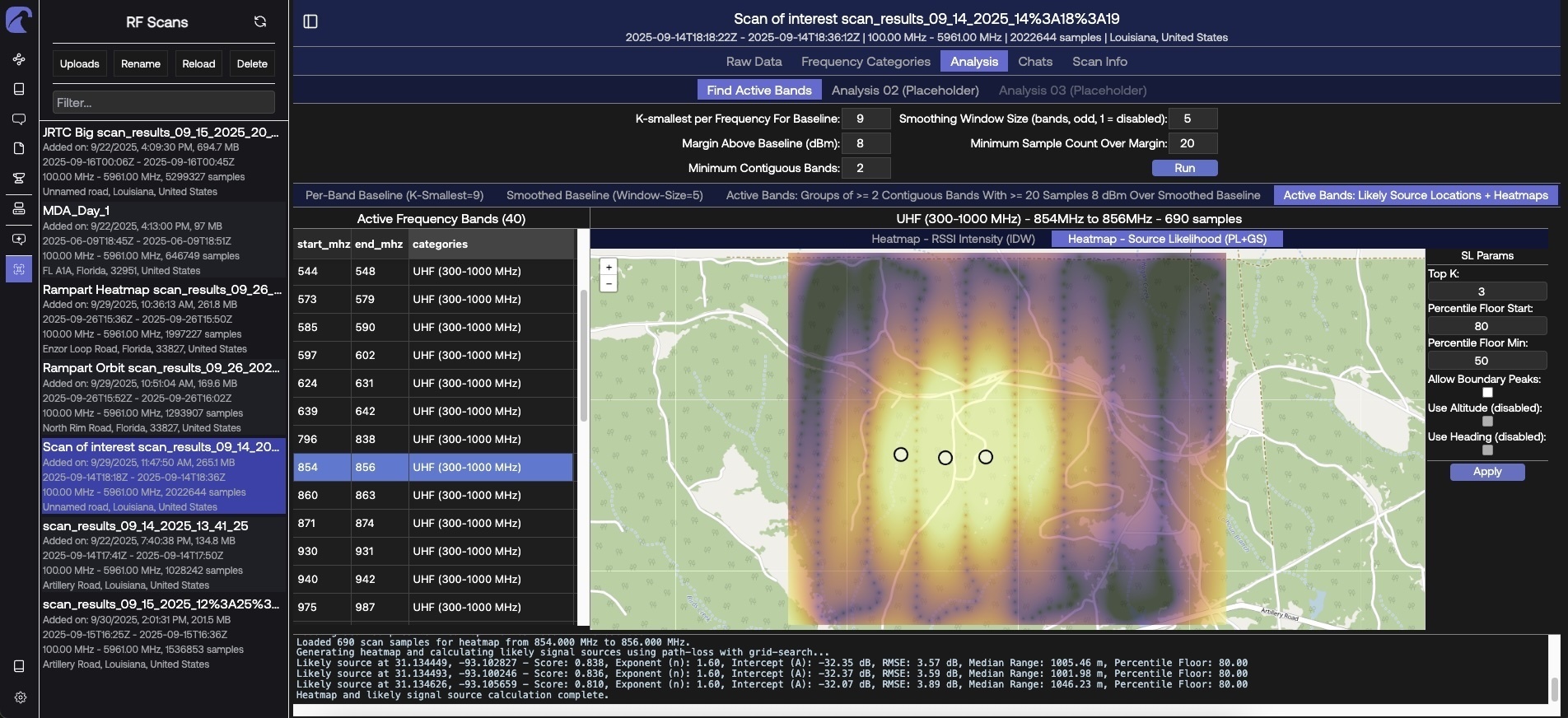Every organization has been buffeted by a relentless flood of data, whether from automated sensors and enterprise software or individual customer touchpoints and digital transactions.
The shift from analog to digital and on-prem to the cloud has caused petabytes worth of data pouring into systems at an increasingly rapid pace (and generative AI has only sped things up).

As this deluge has continued, two things have become increasingly clear:
1) We still struggle to separate the signal from the noise.
2) There is no cavalry coming to solve your data crisis.
Organizations have poured thousands upon millions upon billions into collection platforms. By 2032, this number is likely to crest over a trillion dollars, yet the disconnect between data creation and data use still grows wider.
In the case of military and defense agencies, data professionals cluster at headquarters. Operators deploy forward with manual processes that haven't evolved since the 1990s.
Mission-critical insights remain trapped in systems that don't talk to each other, processed by hand when they're processed at all.
Every day, this problem persists. Missions suffer.
So what’s the solution? Is there one?
In order to fully see the value of data appreciated firsthand, visit any military forward operating base, special operations task force, or tactical operations center.
There, you'll find plenty of operators who understand the value of data in the military.
What you won't find at those FOBs or ops centers? Actual data professionals.
There's no Military Occupational Specialty for "forward data engineer." No career track for "tactical data scientist." The few contractors with these skills remain at COCOM headquarters, building executive dashboards instead of operator solutions.
The gap forces those closest to the mission into impossible positions:
Everyone understands the value of data in the military.
There are the old military sayings like “Every soldier is a sensor” and “If you didn’t report it, it didn’t happen.” So the military knows the value of creating the data and consuming it through reading and discussing it, but not integrating data into data products.
When an analyst spends six hours reconciling sensor feeds in Excel, that's six hours of delayed decision-making. When operators build Access databases because they have no alternative, they create fragile systems that break under mission pressure.
The pattern repeats across every agency:
For decades, we've accepted this as the cost of doing business. But as data volumes explode exponentially, manual integration goes from inefficient to downright impossible.
The instinct is to hire our way out of this crisis. Just recruit more data professionals, right?
Wrong. Three reasons why that fails:
The global shortage of data scientists isn't going up and to the right. It’s just getting worse.
Even if you could find them, it’s possible they won’t be where you need them most. Data scientists cluster where the infrastructure, tools, and career advancement live. That’s going to be at headquarters, likely as a shared resource. Meanwhile, frontline teams are left cobbling together workarounds because the ticket queue means waiting six weeks for an answer.
As teams deploy more platforms, more data sources, more collection systems, data creation outpaces human capacity exponentially. You cannot hire fast enough to keep up.
That team member who learned Python out of necessity? They know exactly which patterns matter for their objective. That analyst building Excel models in the cracks of the day or between missions? They understand the operational context no data scientist at HQ will ever grasp.

Right now, somewhere in your organization, someone is manually copying data between systems. Another is building an Excel workaround (again). A third person is teaching themselves Python because their goal—mission, job, or otherwise—depends on it.
They're doing this because we've failed to give them tools that match their expertise.
The technology to change this exists today.
Agentic AI platforms like Certus Core’s IBIS™ can completely shift how teams interact with data—no coding required, no data science degree needed. Natural language interfaces mean that those who understand the mission better than anyone can finally query their data as easily as asking a question in plain English. Data questions become quick, efficient conversations, not hours-long searches for the right information.
The choice, then, is binary: you can continue watching your data problems multiply with every new sensor and system, or equip your teams with technology that turns information overload into operational advantage.
It doesn’t matter whether your competitors are nation-states or market rivals, your organization has its own data problem to solve.
Learn more about how IBIS™ is helping solve these real-world challenges.

With our risk-free, eight-week IBIS™ Pilot Partnership Program, we show what happens when your operators can query complex data as easily as asking a question in plain English. Your data deluge becomes your greatest tool for actionable insights.
That's two months of proven data intelligence at absolutely no cost if you decide not to continue.



See how chat-based queries + mission-derived context + AI governance eliminates the tradeoff between speed and accuracy with IBIS™.
Schedule a demoSend us a message and we’ll get in touch shortly.